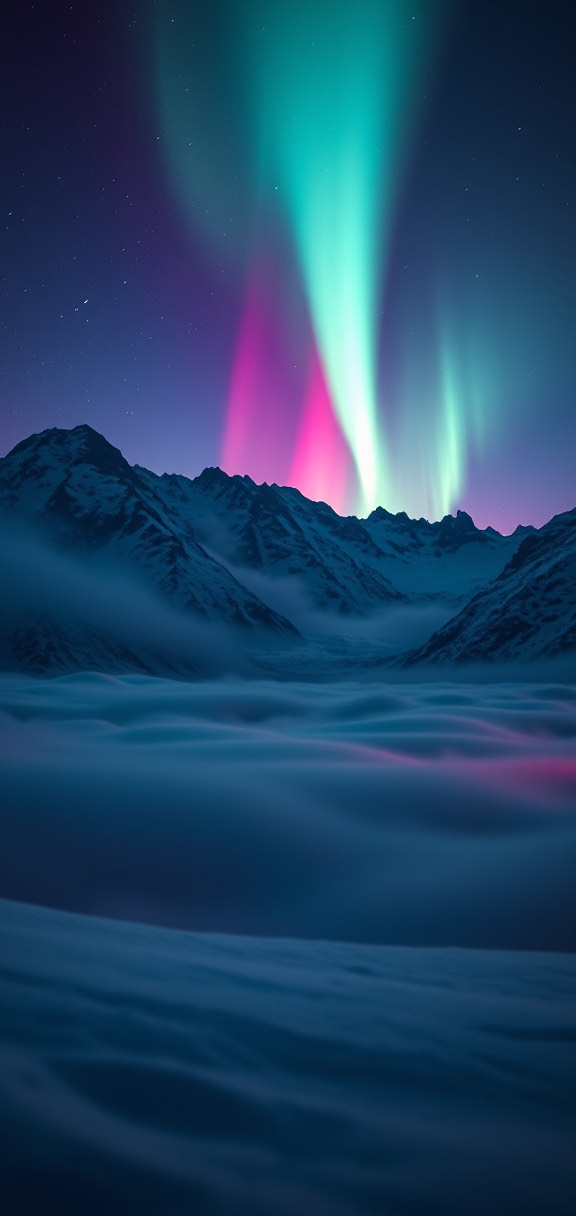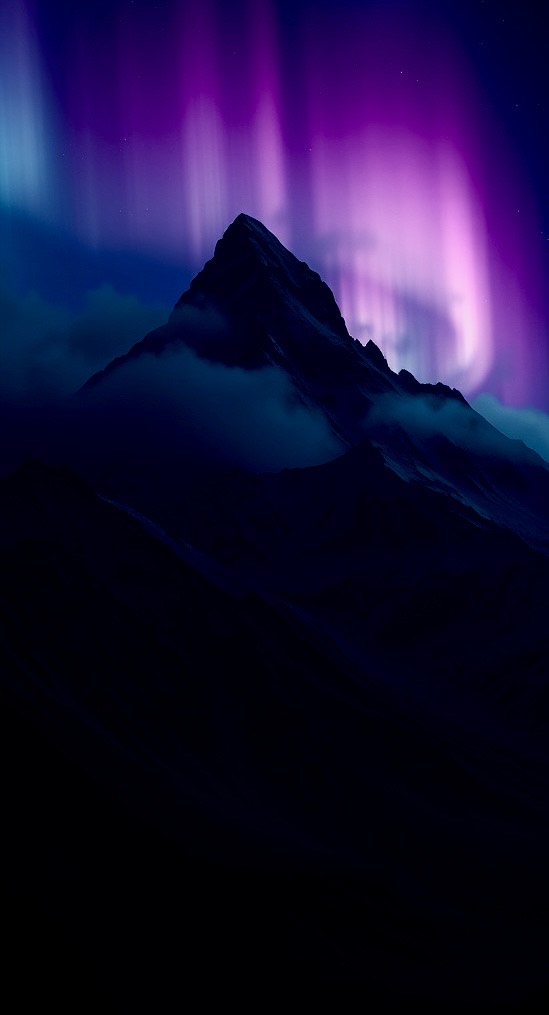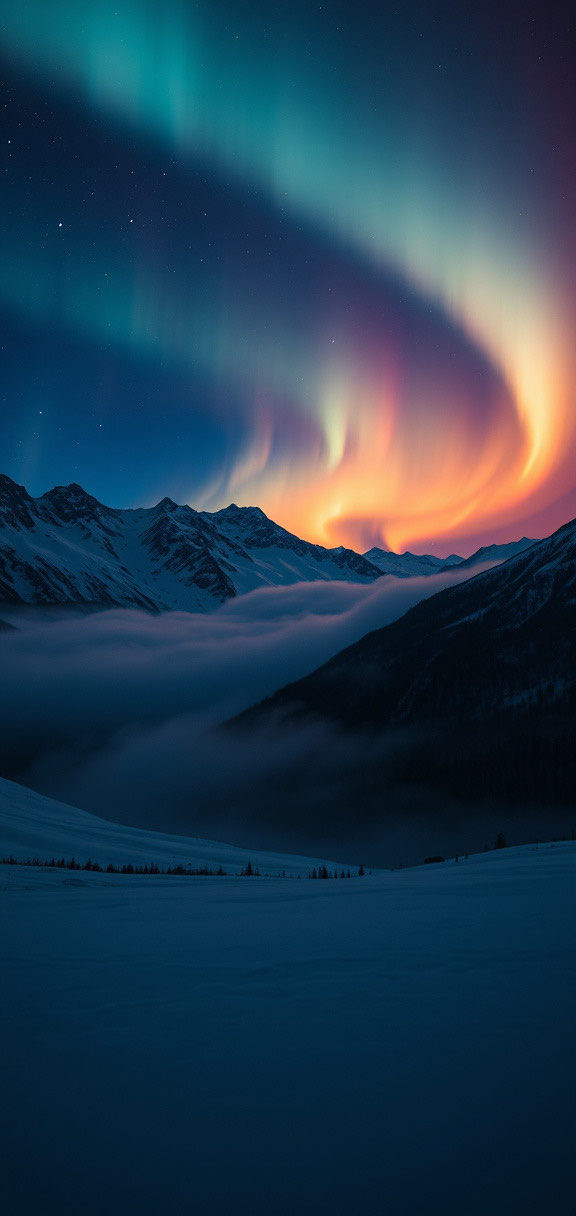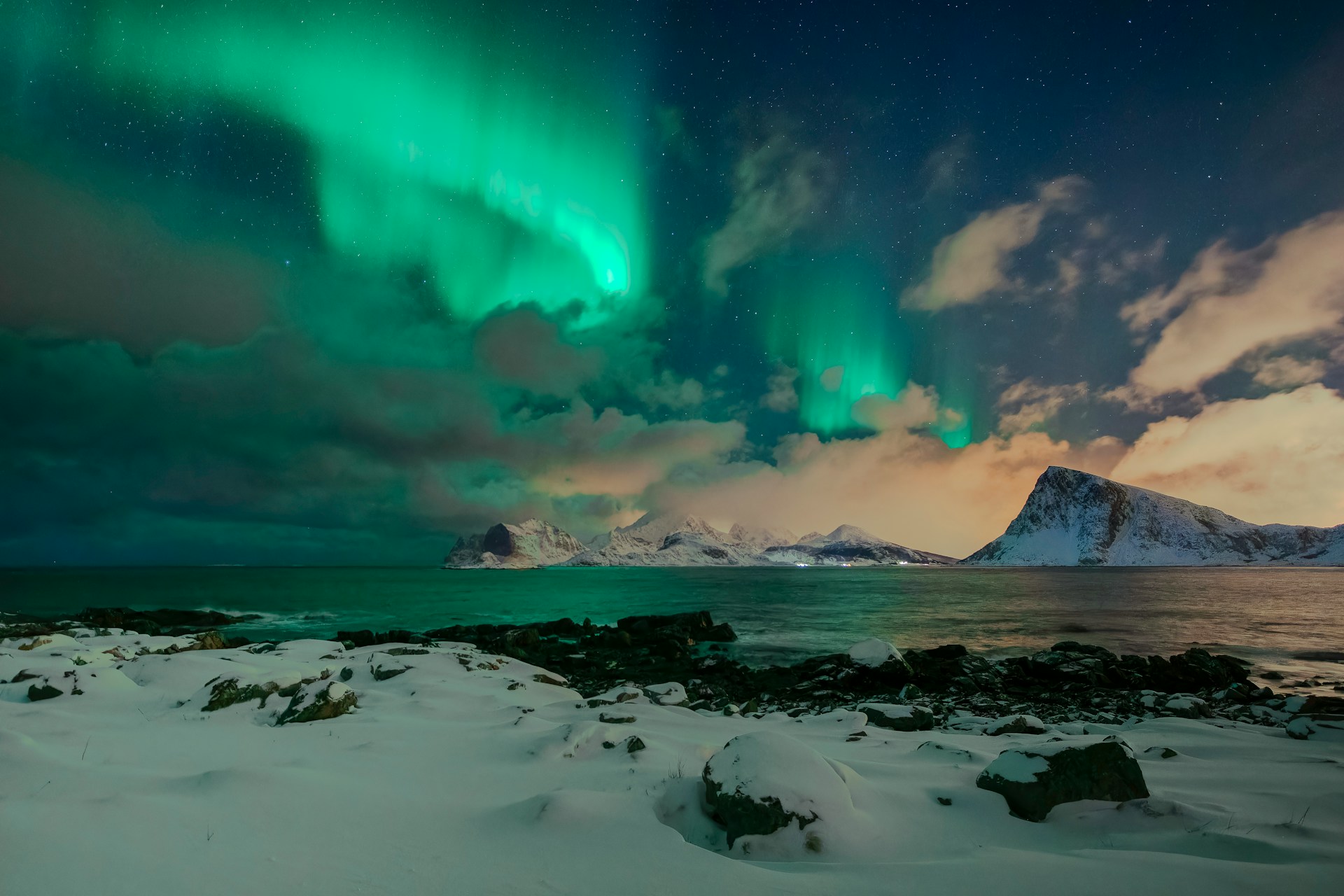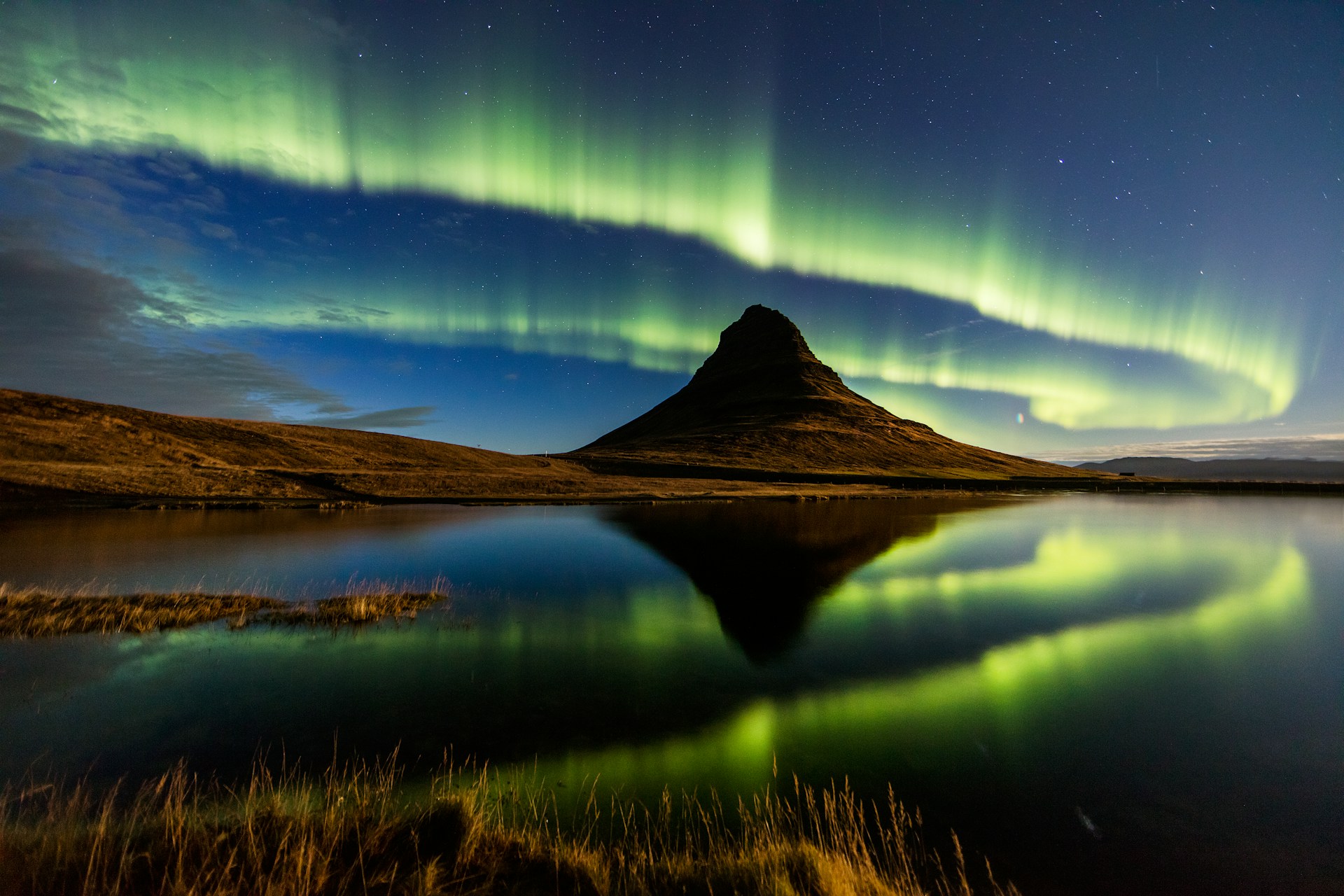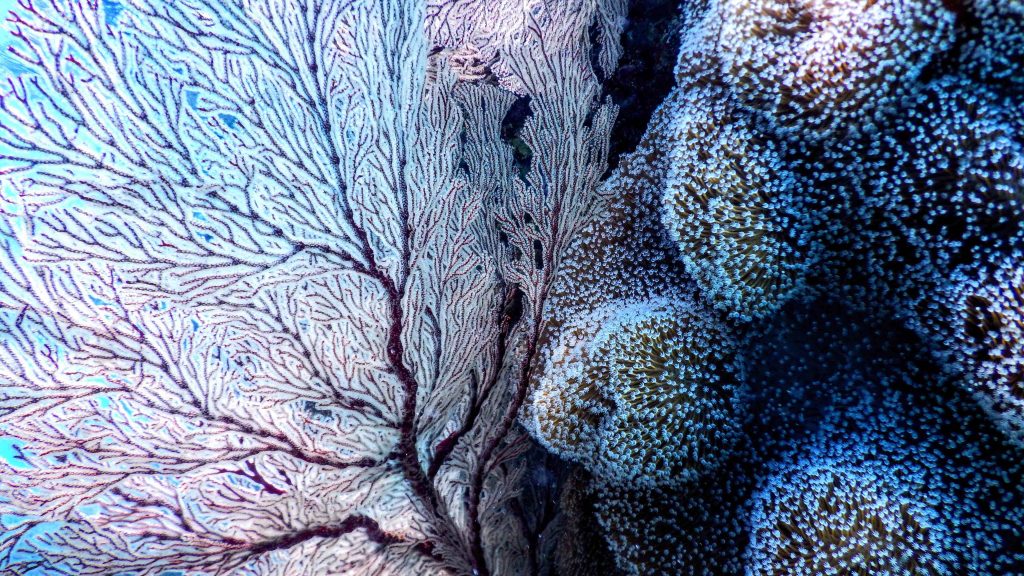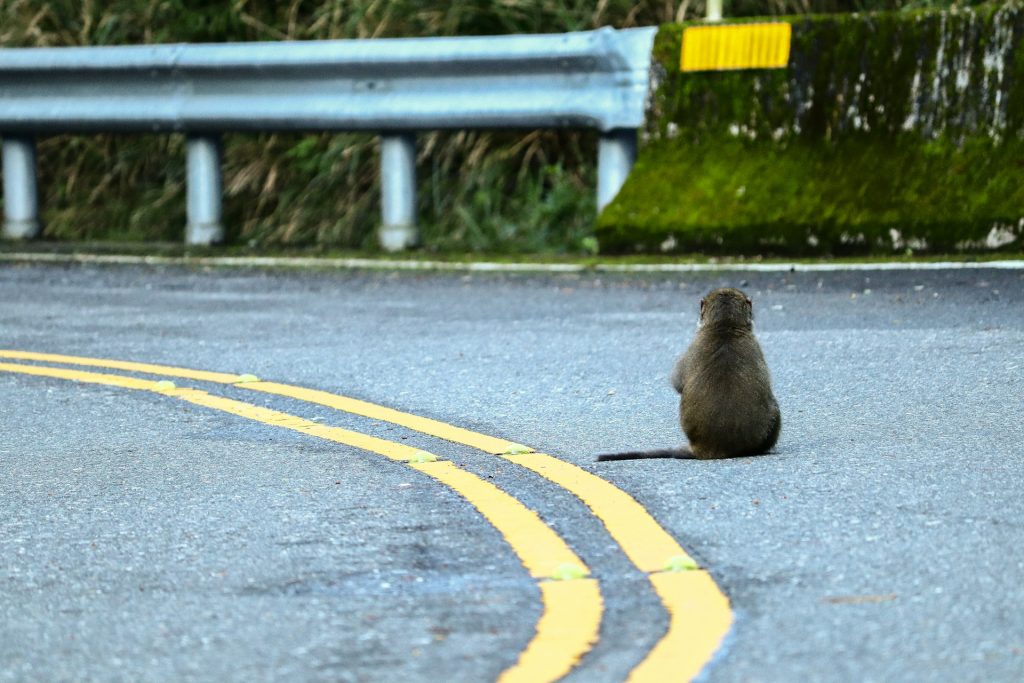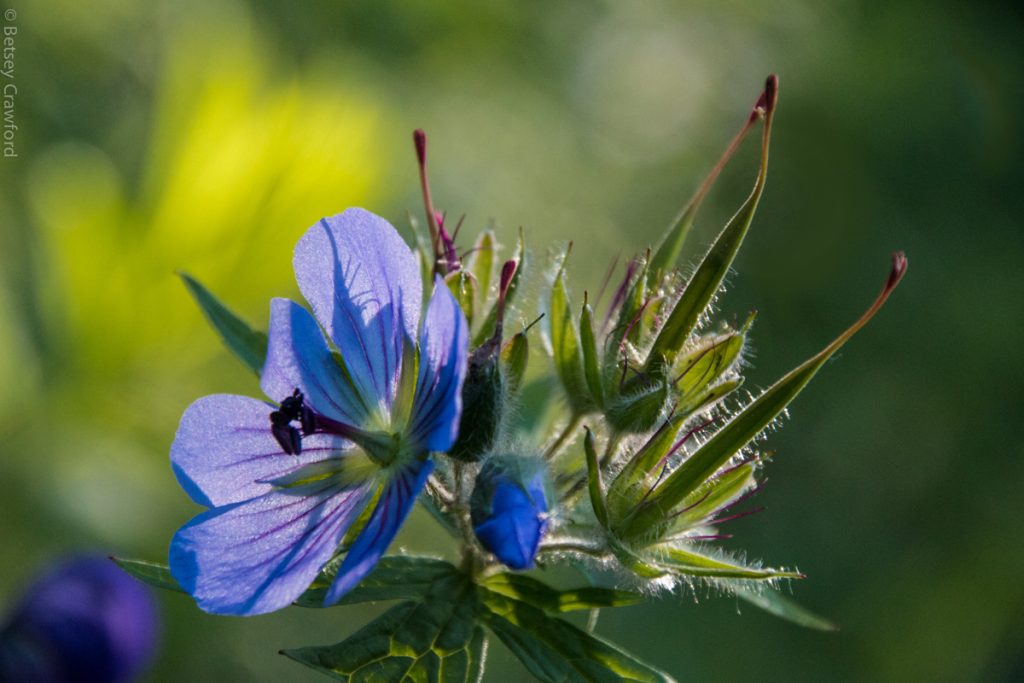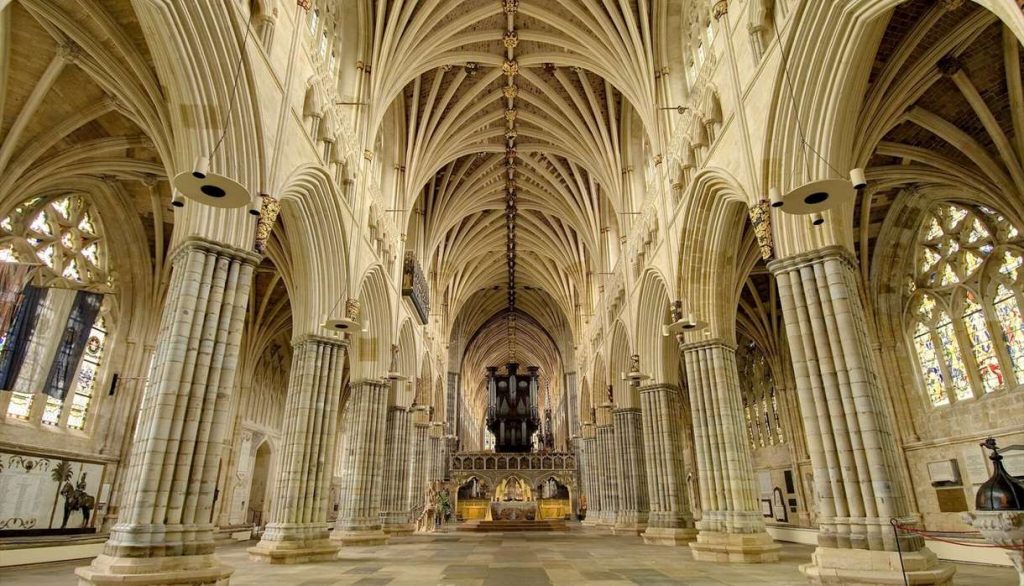Cosmic Dancer
“The Northern Lights streamed across the sky, a wordless language that spoke of something beyond our understanding.” – Hanne Ørstavik
T H R E S H O L D S
Nighttime Glow, Reflected In Summit Snow
Where Earth embraces the glow of the night, one may lose oneself in that mesmerizing blaze across the northern sky.
In some lands, the bones of the earth meet the gentle breath of the heavens—a place where fire and ice mold the boundaries between realms. The Norwegian mountains, rising like the ribs of slumbering gods, stand as lasting pillars, steadfast yet strewn with echoes of ancient mystery. Above these enduring peaks, the aurora borealis shifts like a living canvas—ephemeral as a dream, yet hinting at eternal truths.
To stand upon these summits, beneath Aurora’s ethereal waltz, is to witness a moment of cosmic alignment: the firm foundation of the earth merging with the mystique of the skies. In the majesty of Jotunheimen—the Home of the Giants—the duality of permanence and fleeting wonder is palpable. The ancient Norse believed these lands to lie beyond Manheimr, the human realm—a chaotic frontier where mighty jötnar roamed outside the reach of the gods. Their legends remain etched into stone and whispered by the wind.
I remember standing at the edge of a frozen ridge, the wind tugging at my coat like a persistent spirit. In that lonely place, I could almost feel frost giants patrolling the borders of Niflheimr, their breath turning the air to crystalline shards. The chill was not merely physical; it was as though their presence was woven into the mountain itself—a resonant echo of ancient power.
In these heights, the line between legend and landscape dissolves. The mountains call not only to climbers and seekers wishing to test themselves against something greater but also to those who listen for the unspoken poetry of myth and nature.
T H E E T E R N A L D A N C E
The Sky´s Fire Over The World´s Bones
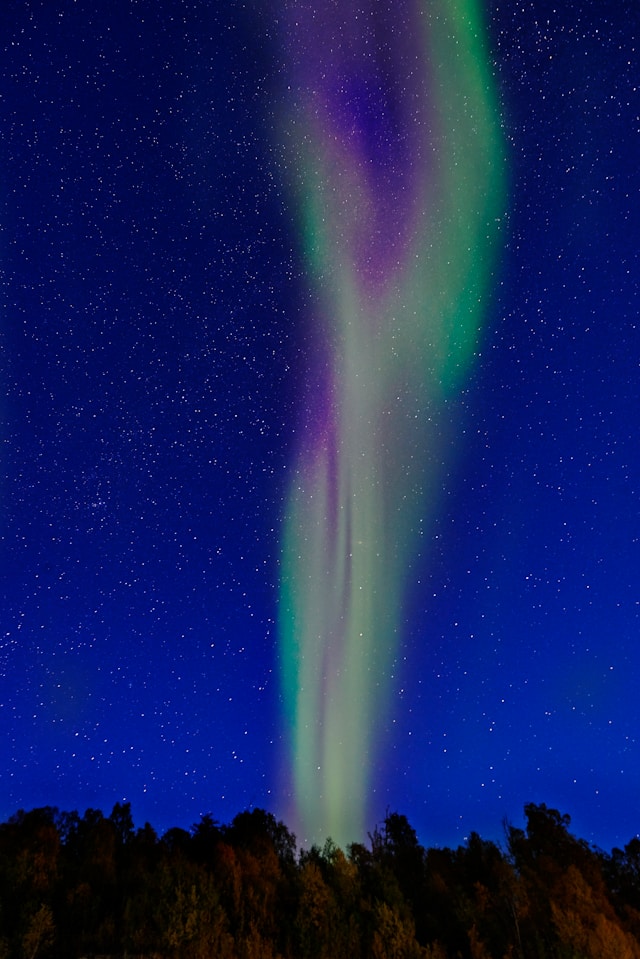
As night deepens and the sun finally yields, Aurora Borealis—the goddess of dawn—ascends the celestial stage. To the south, where ancient fires burn beyond the horizon, she shimmers with fervor, as if embers from a primordial forge had been hurled skyward. The air carries the scent of snow and a faint trace of sulfur, while green and red streams of light caress the icy breath of the mountains.
Here, the flickering sky becomes a mirror of the soul. Flames and frost entwine in a ceaseless ballet, each movement unveiling something hidden: awe, memory, longing. The Sámi of northern Scandinavia once believed that Aurora bore the spirits of the departed, bridging this world and the next. In quiet reverence, one was meant neither to point nor speak aloud beneath these lights, so as not to disturb the sacred passage of souls.
Across cultures and epochs, the northern lights have stirred similar awe. In the East, where Alfheimr—the realm of the light elves—is said to dwell, some believed that children conceived beneath such a spectacle were destined for blessing. The Sámi of Finnish Lapland imagined the lights as the foamy breath of a great whale, while the Inuit saw them as wandering souls searching for a life once grasped.
High in the mountains, beneath these lights, I felt as if I were standing at the threshold of something immense. Was this the whisper of Helheimr, the shadowy world of the dead? Or a fleeting glimpse into Goðheimr, the sacred halls of the gods? The aurora, in all its brilliance, seemed to speak—not in words, but in fire and ice, storm and stillness.
A S A B O V E, S O B E L O W
The ancient Hermeticists proclaimed: As above, so below. The celestial patterns mirror the forms of Earth, interlacing the material with the spiritual. Nowhere is this more visible than in the nightside eclipse of Scandinavia, where stone-cold ridges and snow-clad peaks merge into the pitch-dark embrace of night, only to awaken again under the misty veil of dawn.
As the shadows dissolve, Aurora takes her final, graceful sweep across the starlit canopy. In that lingering moment, the morning star remains—a silent herald of the day—as the last nocturnal creatures yield to sleep before the sun’s golden tide reclaims the land.
The towering mountains, unmoved and eternal, reflect the steadfast stars above—symbols of the underlying forces that shape existence. In contrast, the ever-shifting Lady Borealis mirrors the wandering planets, embodying transformation and the wisdom found in what is fleeting.
Alchemy teaches us that mountains represent Earth—structure, endurance, mastery of the tangible—while the radiant Borealis corresponds to Air and Fire, evoking spirit, illumination, and transmutation. Some esoteric traditions even propose that the northern lights are a celestial message—a luminous language inscribed across the heavens, hinting at lost civilizations and secret knowledge.
Perhaps the Norse, too, perceived this connection when they beheld Bifröst, the shimmering rainbow bridge linking Midgard and Asgard. If Borealis is a true gateway—a portal to realms unseen—then the mountains stand as the unyielding foundation upon which the cosmos is built.
Before venturing further, let us pause to consider how the interplay of light and shadow has forever shaped our myths, our memory, and our sense of home.
following images, courtesy the author
N I N E W O R L D S
Reflected In Ice and Stone
Niflheimr – Land of Frost
Mist-born and bitter-breathed, heavy ice lingers in hollow winds, carrying soft whispers at dawn.
Muspellsheimr – Realm of Fire
Beyond the horizon, embers blaze fiercely. Sparks leap as if heralding Surtur’s ancient might, while sunlight tenderly meets fresh snow.
Jotunheimr – Where Giants Roam
Mountains rise like thunderous battle cries, their ridges crowned by tumultuous storms—stoic lords of a rugged domain.
Manheimr – Home of Men
Far below, in the fleeting passage of time, echoes of a world of warmth and strife shimmer in every distant peak.
Goðheimr – Seat of the Gods
In silent majesty, above the clamor of mortal life, the heavens seem to wait—untouched and resolute.
Vanaheimr – Realm of Wind
Verdant valleys, shaped by divine hands, murmur with the long-forgotten songs of ancient woods and babbling streams.
Alfheimr – Bright as Ice
Under a silver-tinged veil, the ethereal song of elves resounds, as cold lakes mirror the shimmer of the moon.
Svartálfaheimr – Deep Below
In shadowed halls, the rhythm of creation echoes against rock and bone—a silent ballet of runes and time.
Helheimr – A World of End
Beneath the frost and far from the living light, footsteps fade into frozen memory—a solemn testament to the journey from which none return.
Yet within these realms, there remains a call—a reminder of home found in the breath of the living world and in the stories we continue to weave.
B E Y O N D T H E H O R I Z O N
Mountain and the Fire
Aurora and the mountains are like cosmic lovers dancing beneath the moonlight—one fleeting and radiant, the other enduring and steadfast. For a brief, transcendent moment, the transient and the eternal merge in a waltz of shadows and stars.
As above, so below.
As within, so without.
As the universe, so the soul.
The ancients spoke of our birth from stardust, of cosmic particles that shimmered within us like the reflective armor of Valkyries in the gentle moonlight. I imagined her riding into the night, returning from death’s silent halls with the promise of a new day. As dawn caresses the mountain’s edge, it whispers a timeless truth:
Nothing is permanent, yet nothing is forgotten—not even the memory of light dancing in the dark.
Artist’s Statement
Cosmic Dancer was born from a quiet encounter with Aurora and a deeper listening to the rhythms of the universe. Through words and images, this work explores the luminous thread between human perception and the vast choreography of the cosmos—a fusion of inner myth and natural wonder.
The piece draws on archetypes, silence, and a sense of the sacred as it emerges in the wild. It is both a meditation and a narrative, tracing the arc of a soul as it dances its way through light, shadow, and elemental presence. Visuals are integral: not simply illustration, but atmosphere, reflection, and portal. These landscapes, both real and imagined, serve as companions to the language—a reminder that poetry is not only read but felt in the body and seen in the world.
In offering Cosmic Dancer , I hope to contribute to the shared work of reimagining the human as participant in a larger, living cosmos.



